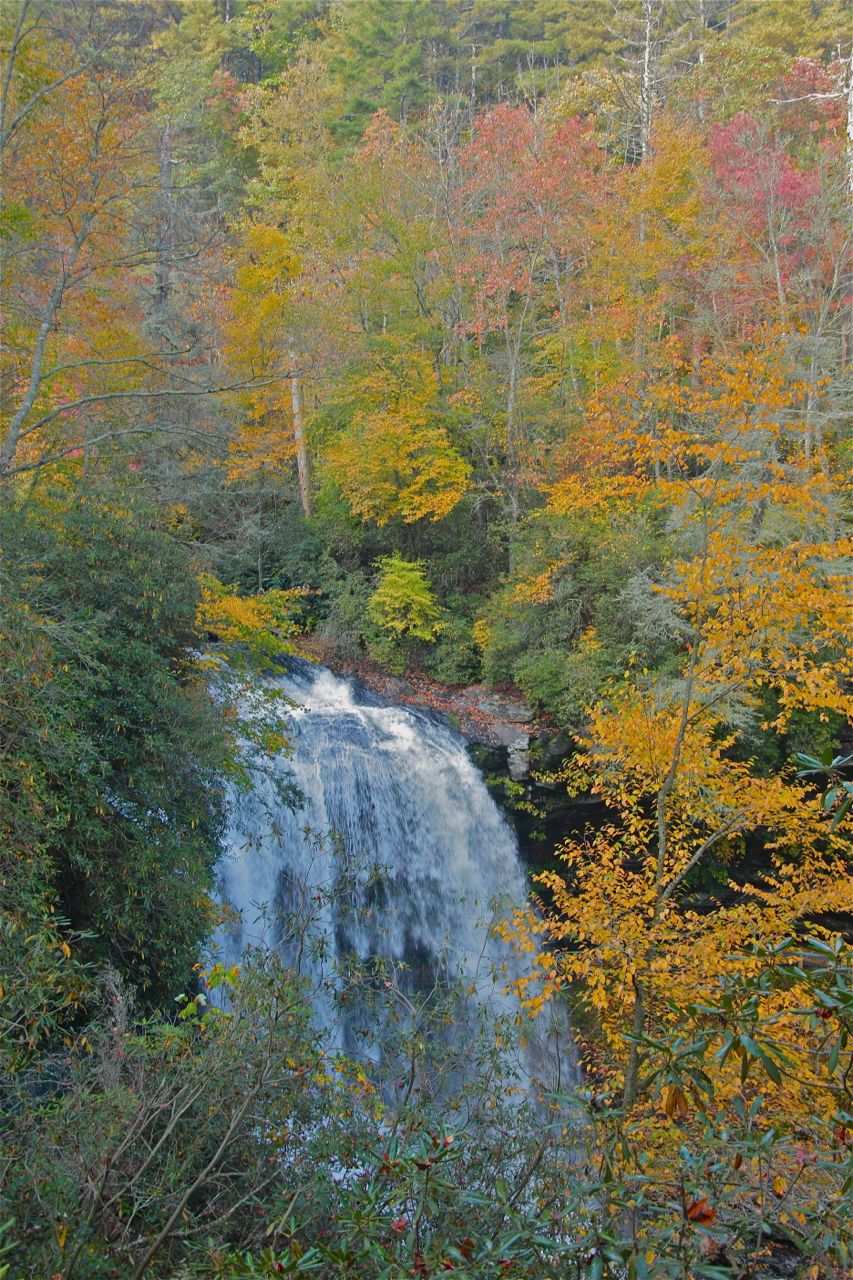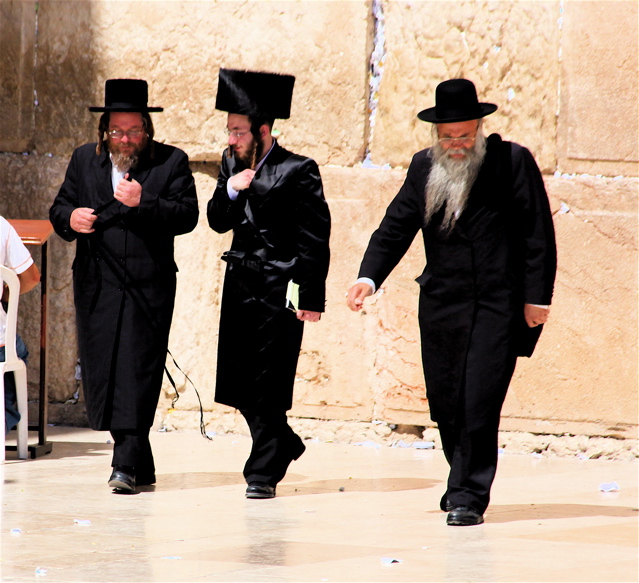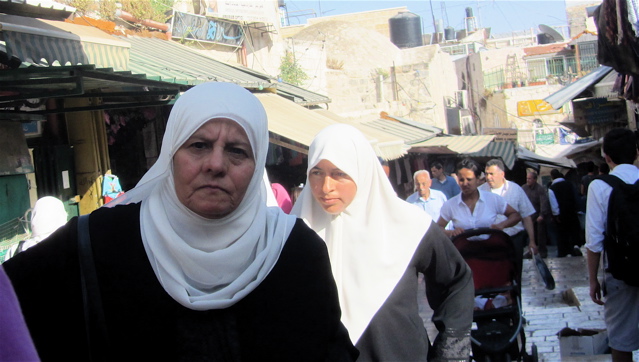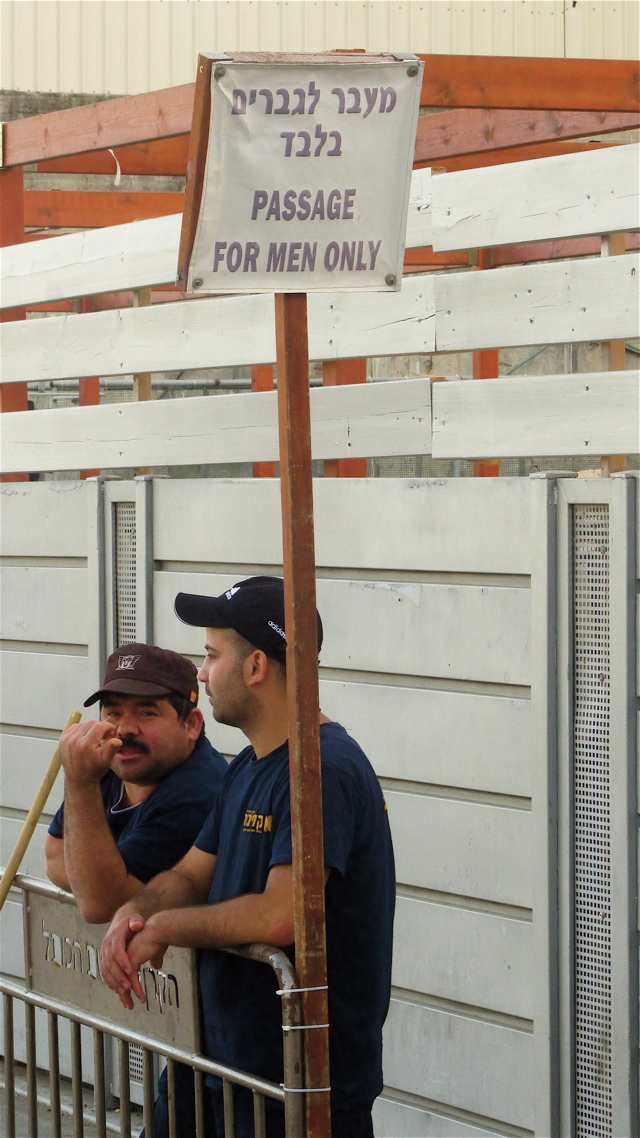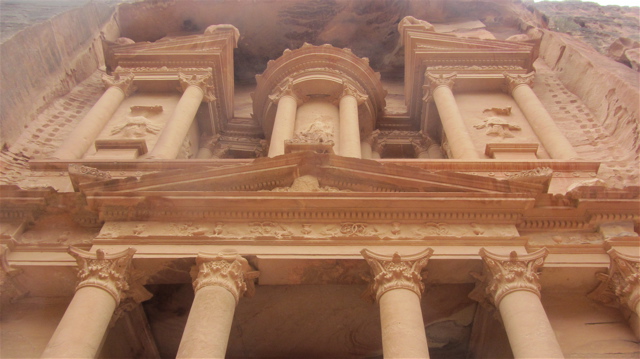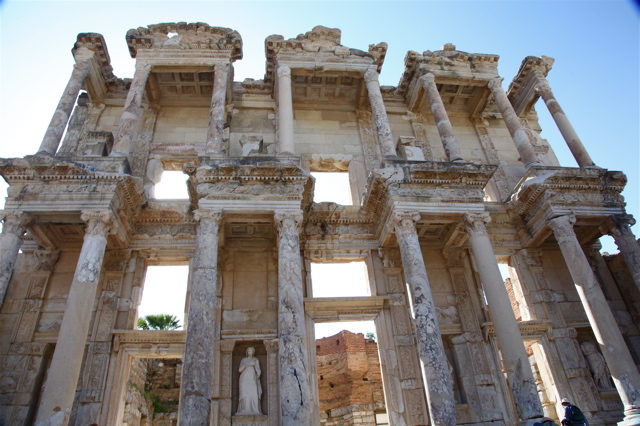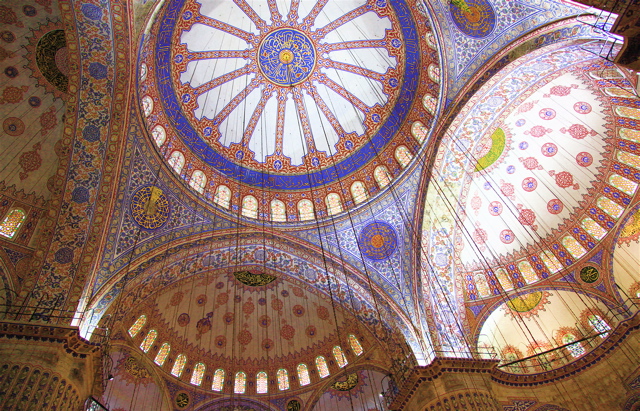Alaska: Mountains, Lakes, and Glaciers


I love my job. I get to seek out beautiful environments and do my best to capture their images on video for future broadcast on the CARE Channel. It was for this purpose that I traveled recently to Alaska. My adopted brother Bill from my hometown of Columbus, Georgia, accompanied me on this trip. The contact was the fact that my second cousin (our grandfathers were brothers) and her Native American husband live in Anchorage.
The population of Alaska is only approximately seven hundred thousand people, inhabiting a territory equal to a third of the lower forty-eight states. Half of Alaska’s population lives in Anchorage and its surrounding communities. Large parts of the state are uninhabited wilderness landscapes. The “First Nations” inhabitants, the Native Americans, many of whom are termed “Eskimos,” live in isolated rural villages not connected by roads or utility infrastructure. Many of them maintain their original tribal lifestyles, based on survival skills developed over thousands of years, with limited influences from modern technology.

Bill and I drove over a thousand miles in the course of our week there. Due to the generous hospitality of cousin Beverly and her friends living in a couple of the towns we visited, Bill and I stayed in hotels for only three nights of our nine nights in the state. Beverly and her husband generally do not lock the door to their house in Anchorage. In the town of Homer, we stayed in the house of one of Beverly’s friends that we never had the opportunity to meet in person. I spoke with the friend on the phone, and she said that though she would be away, her guest house was unlocked and open to us, and we should just make ourselves at home. In other words, there was a high level of openness, trust, and hospitality among the Alaska residents we met.
While the majority of our travel days there were gray and rainy, we were lucky to have two totally clear days that were our best sightseeing days: our Kenai Fjords boat cruise out of the port of Seward and the one hundred-plus-mile dirt road through the arctic tundra known as the Denali Highway. The scenery was magnificent, the highway being named after North America’s highest mountain, Mt. McKinley, also known as Denali, rising over twenty thousand feet above sea level. Denali can be seen from a distance of a hundred miles away on clear days, but most of the time it generates its own weather, being shrouded in clouds and obscured from view.

Native Culture Abuse
Cousin Bev’s husband, Fred, is seventy years old. He was born into the Inupiaq tribe of the northern slope, the coastal part of Alaska closest to Siberia. Fred saw a tree for the first time when he was seven years old and placed in a foster home in southern Alaska during the time his parents were isolated with TB. There, he heard English for the first time. Fred has maintained his link to tribal traditions and told me many stories of the hardships endured by the First Nation tribes at the hands of the Caucasians. Throughout its history, Alaska has been exploited by people who wanted to extract its resources (e.g. furs, gold, timber, oil) and having no interest in developing the land to benefit the native inhabitants.
Fred’s tribal members live off of seals, walruses, clams, mussels, and occasionally (with special permission from international agencies) a bowhead whale. One sixty-ton whale can feed a village for a year. The Inupiaq whale hunters believe that the whale offers itself willingly for slaughter to insure the tribe’s survival. After all, one flick of the mammal’s tail could destroy the hunters’ sealskin framed boats. In the Anchorage museum, there were photos of everyone in a village dragging a huge whale onto the beach with ropes. In tribal culture, everyone works together to assure the tribe’s survival. It’s practically impossible for a single individual to survive in the harsh northern climate. The First Nations tribes saved the lives of many Caucasians who ventured unprepared into the Alaskan winter.
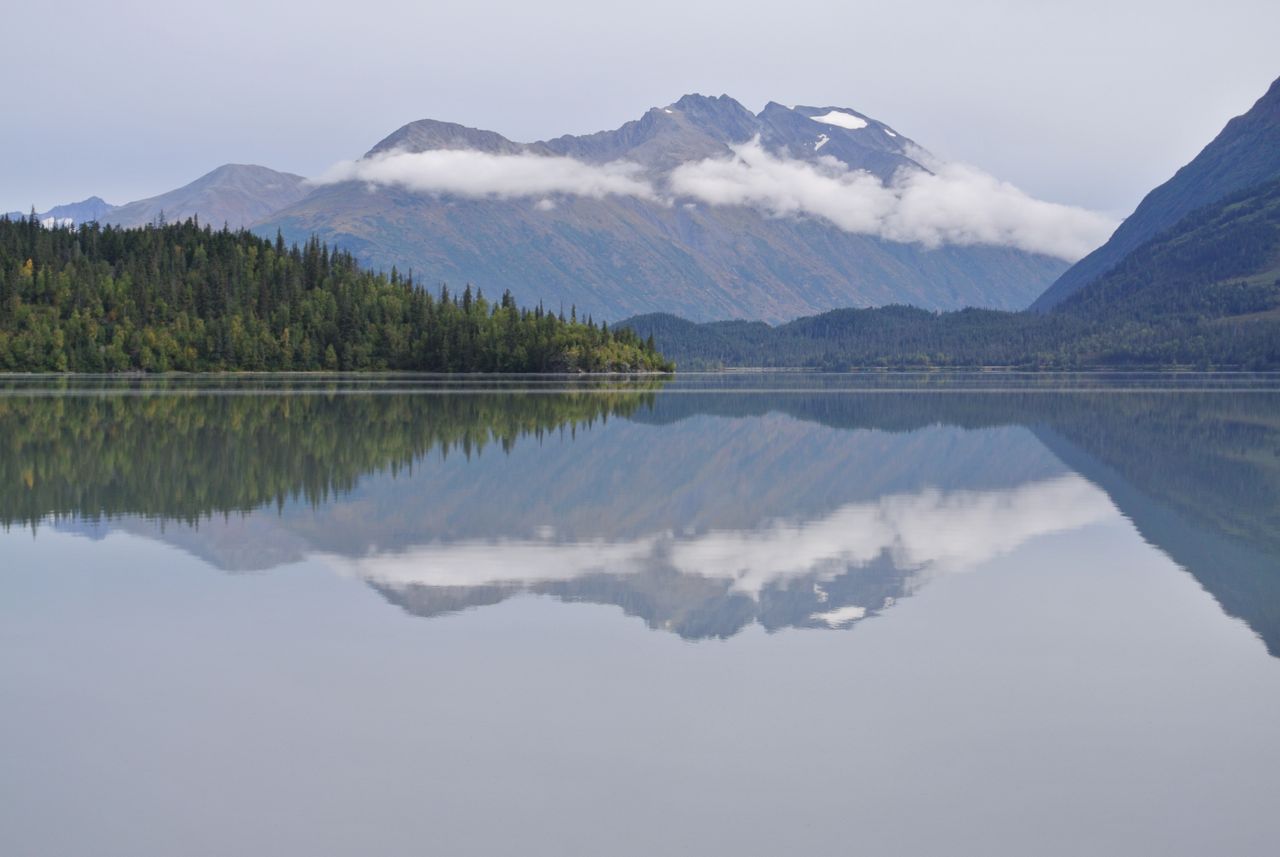
The term “Eskimo” is a term, according to Fred, derived from a French designation referring to “people who eat raw meat.” Thus, as a general designation that lumps together a diverse collection of tribes whose languages and cultures are very different from each other, the term “Eskimo” is as accurate as referring to Native Americans as “Indians.”
Alaska was purchased by the US in 1867 from Russia for seven million dollars. This was comparable to the Louisiana Purchase in terms of the vast land area and resources acquired. Under the Russians, native Alaskans were exploited for their skills in hunting seals, whose furs were very much in demand for fashion uses in the 1800’s. With “Seward’s Folly” as the purchase of Alaska was called at the time, the new American owners simply continued the indentured servitude of the locals, for all practical purposes a form of slavery.

Fred and Beverly lived for three years on the Pribilof Islands, two small treeless islands in the midst of the Bering Sea. The islands were uninhabited until the supplying of seal furs for the fashion trade, first practiced by the Russians, followed eventually by the Americans, led to the relocation of skilled tribal hunters from other Aleutian islands to the Pribilofs, to work in the fur coat factories. To enforce the servitude, the fur merchants took away the workers’ boats so that there was no escape from the forced labor. No contact was allowed between the workers and their extended families left behind on other islands. Thus, the tribal link was broken.
When the fur industry went into decline in the 20th century, the former hunters and workers on the Pribilofs became wards of the US government. There are around seven hundred inhabitants remaining on the islands. Young people born on the Pribilofs leave for the mainland as soon as they are able. The aging population, that remains on the only home they’ve ever known, have no jobs and question themselves as to whether their diminishing community deserves to survive at all.

On the positive side…
Alaskan tribes do not live in prescribed reservations like the Native American tribes in the lower forty-eight states. In the last decades, tribes have cooperated to form native-owned corporations, some of which have evolved into very successful multi-national businesses. When huge oil deposits were discovered in Alaska, the tribes sought to avoid the exploitation they had witnessed of tribes in the lower forty-eight. They were able to negotiate favorable terms benefiting tribal members for the right of oil companies to remove the petroleum resources on their ancestral tribal lands.

My cousin and her family live very well in Alaska. I think the harsh arctic climate brings out the good in people, as they are more generous and helpful to strangers than might be the case in much of the lower forty-eight states. Every Alaskan receives an annual profit-share dividend from the oil industry. This year’s dividend is over $900 for every registered adult and child. In the early days of the petroleum boom, the annual dividend was much higher.
Many guest workers come to Alaska from the lower forty-eight and from Europe to work in the tourist and fishing industries. This intense seasonal work adds to the “boom-times” feeling. But already in mid-September, the majority of tourist-oriented businesses have closed until next summer. Many Alaskans earn the bulk of their annual incomes during the summer months.
Bill and I drove through one snow storm during our September days driving through the beautiful landscapes. In spite of the legendary severe cold, I would like to return to Alaska at some point during the winter months, during whose long nights I might witness the aurora borealis, the Northern Lights.

